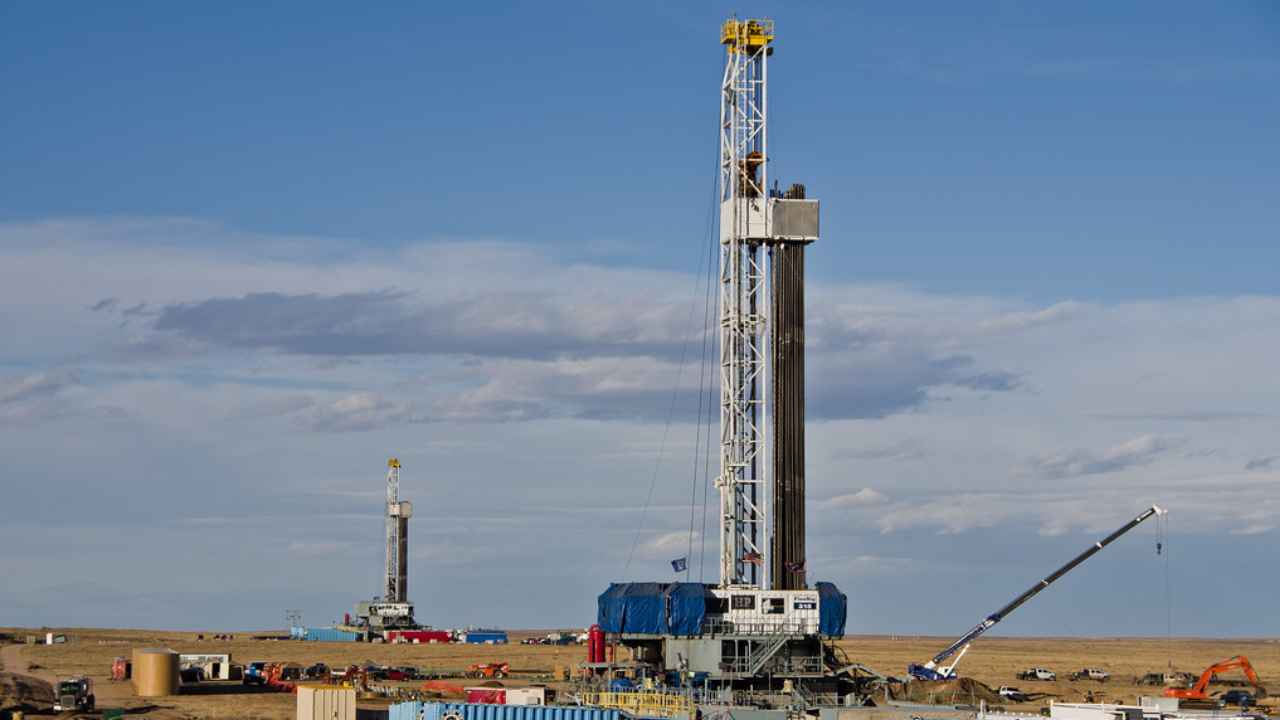A new study from the Yale School of Public Health has found that young children who lived near fracking wells at birth were three times more likely to develop Leukemia.
The alarming report, published in the journal Environmental Health Perspectives, examined more than 400 cases of acute Lymphoblastic Leukemia from a sample of nearly 2,500 Pennsylvania children between the ages of two and seven. The leukemic form is the most common form of cancer in children, and although survival rates are high, it often leads to other health problems later in life, such as Cognitive Dysfunction and heart disease.
Hydraulic fracturing is a process that extracts oil and gas from deep below the earth’s surface, and the number of wells in Pennsylvania and across the country increased in the 2000s as the industry boomed. The study noted that more than 10,000 fracking wells were drilled in Pennsylvania between 2002 and 2017, and about one-third are located within 2km (a little over a mile) of residential groundwater wells.
The study found that the risk was higher for those who lived within 2 kilometers of a fracking site and those who were exposed in the womb. The data account for other factors that may affect cancer risk.
“[Fracking] can both use and release chemicals that have been linked to cancer, so the potential for children living near [fracking wells] to be exposed to these chemical carcinogens is a major public health concern,” said Nicole Deziel, the study’s senior author and an associate professor of epidemiology at the Yale School of Public Health.
Although the evidence suggests a link between fracking pollution and health problems, few studies have examined the link between exposure and childhood cancer. The Yale study is the largest to examine health effects on children and uses a new metric that measures the distance to drinking water and contaminated wells. The authors say this fills an important data gap.
Also Read: Groundwater May Help Humans Survive Climate Change
The fracking process involves injecting large amounts of chemical-rich water and sand into the ground and driving the oil and gas to a collection well. The process can use hundreds of chemicals linked to cancer and other health problems, including heavy metals, polycyclic aromatic hydrocarbons, volatile organic compounds, benzene and radioactive materials.
According to the study, Local ground and surface waters are often polluted or contaminated through spills or releases of fracturing fluids or wastewaters that percolate into groundwater. Pennsylvania recorded nearly 1,000 spills and 5,000 environmental violations in the state between 2005 and 2014.
About half of the residents of the predominantly rural study county use wells to extract groundwater, and residential wells are not subject to federal regulation or oversight, leaving it up to the user to ensure they don’t drink contaminated water.
Nearby residents are also exposed to chemicals that pollute the air due to fracking processes, heavy vehicle traffic, and construction.
Studies have shown that children who live near wells are at significantly increased risk. While those within two kilometers face the highest risk, levels were elevated as much as 10km from a well.


























